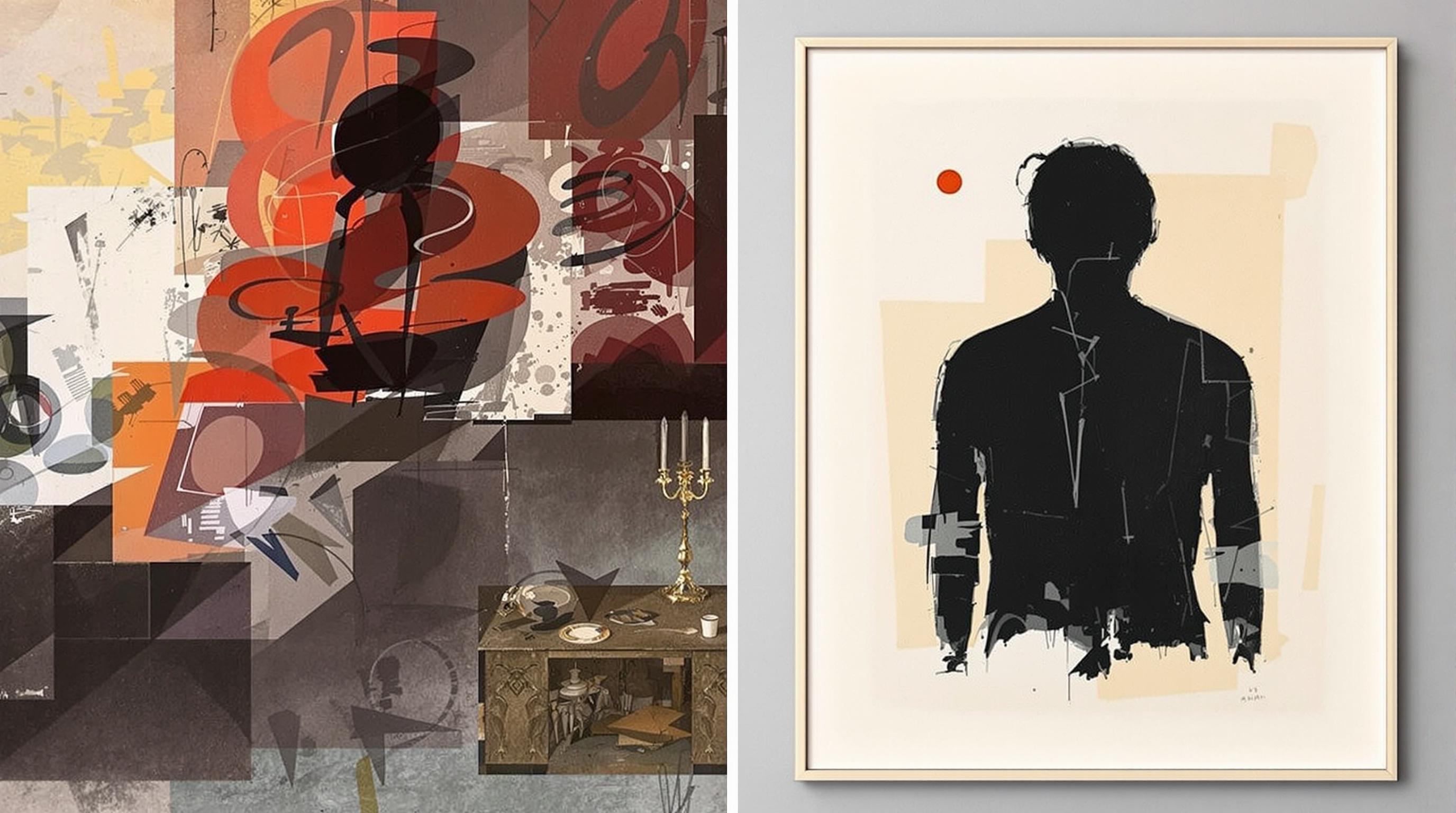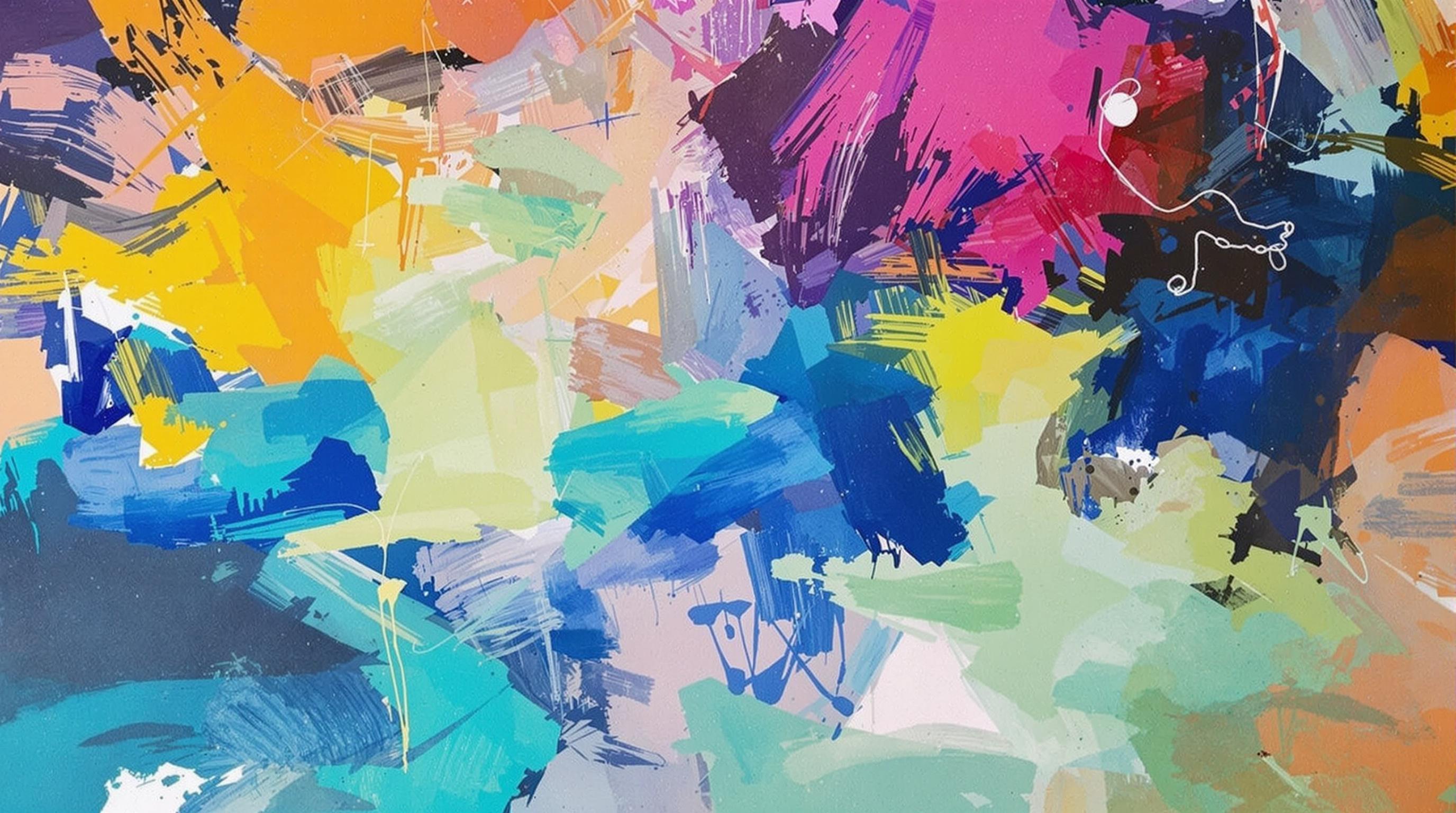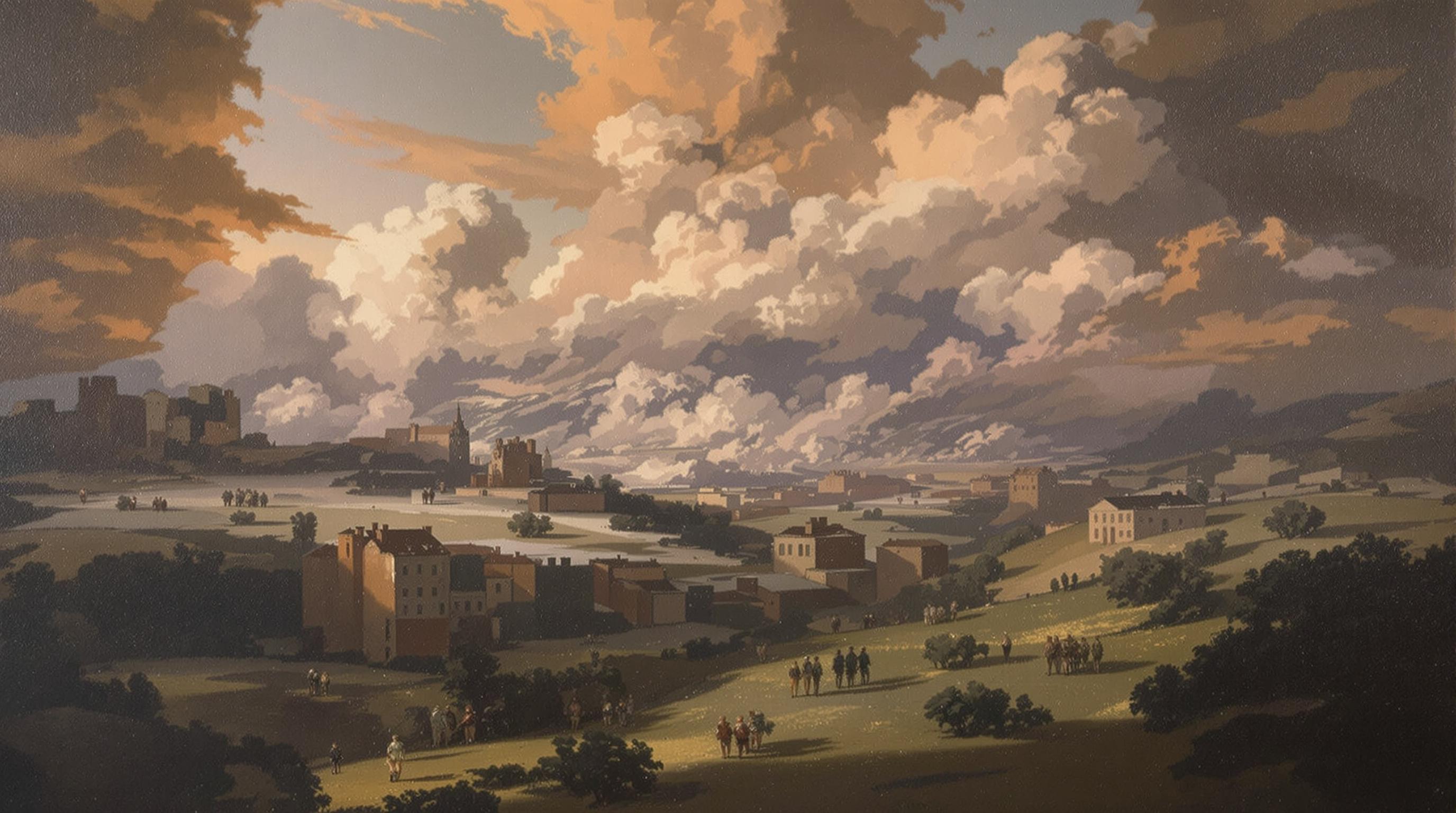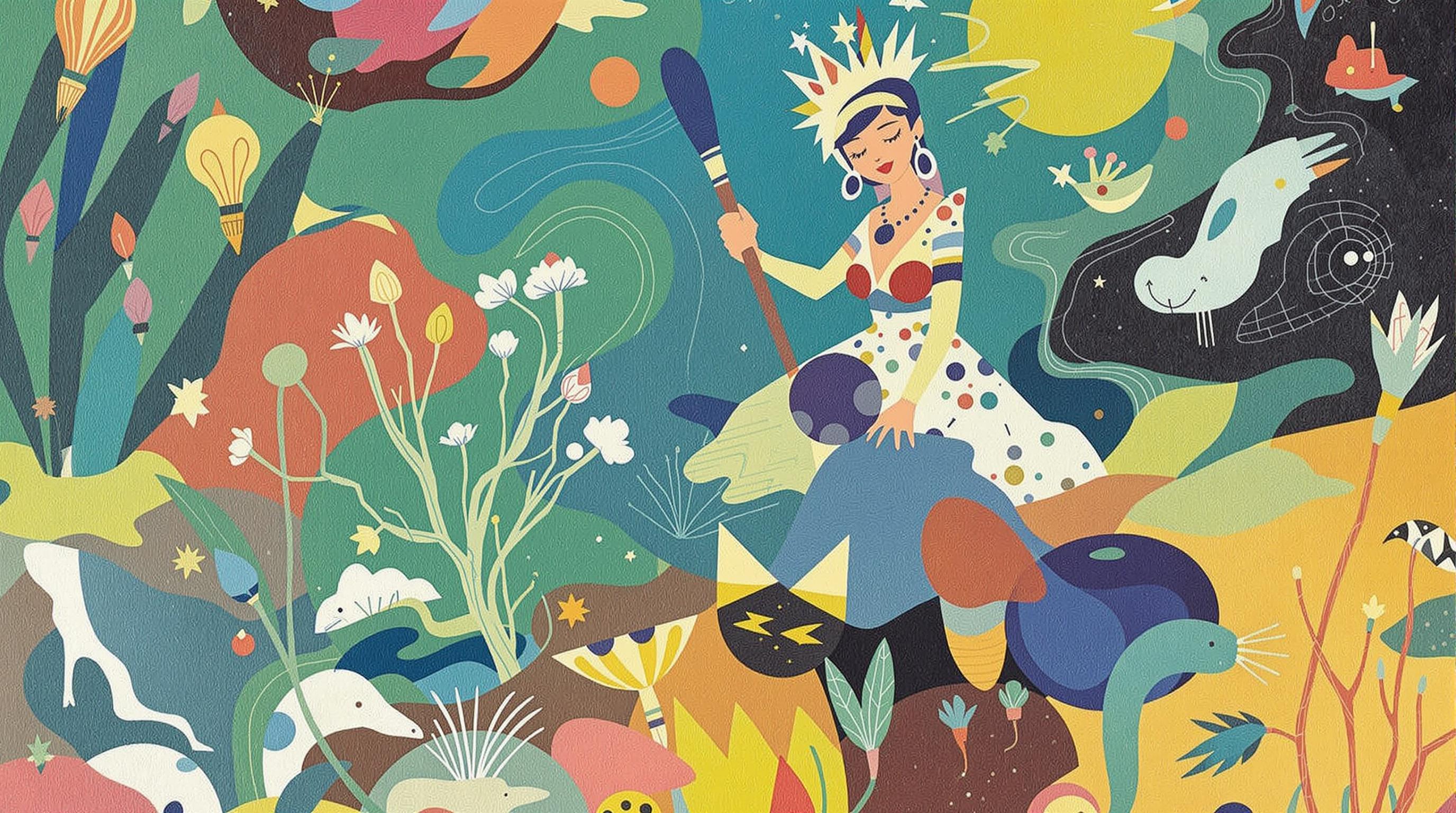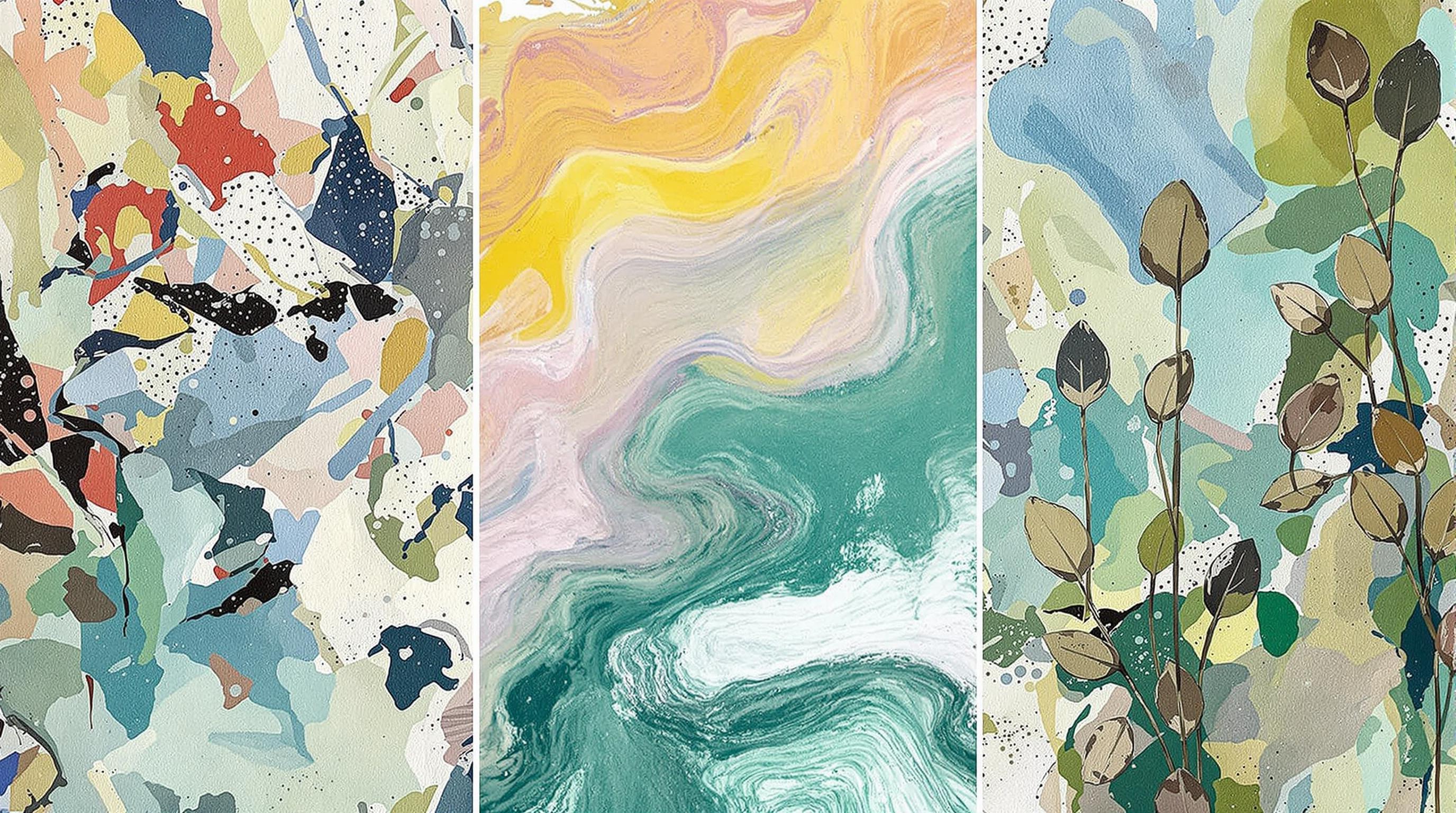Related Articles
- The Hidden Influence of Ergonomics: How Tool Design Shapes Our Physical Spaces and Daily Lives
- The Silent Influence: How Hidden Home Implements Shape Our Daily Routines and Spaces
- The Counterintuitive Role of Chaos: How Messy Tool Storage Can Lead to Unexpected Home Innovations
- Exploring the Unseen: How Audio Experiences Shape the Art of Domestic Spaces and Color Perception
- Rethinking the Mundane: How Everyday Objects are Becoming the Canvas for Modern Artistic Expression in Home Spaces
- Cultivating Chaos: The Surprising Benefits of Embracing Weeds in Your Garden Ecosystem
7 Enigmatic Art Movements to Inspire Your Home Painting and Decor: Unraveling Aesthetic Evolution for Unique Interiors
7 Enigmatic Art Movements to Inspire Your Home Painting and Decor: Unraveling Aesthetic Evolution for Unique Interiors
7 Enigmatic Art Movements to Inspire Your Home Painting and Decor
Your living space reflects your personality and tastes, and what better way to enhance it than by drawing inspiration from some of the most intriguing art movements throughout history? Art is not just a form of expression; it can set the tone for your entire home. This article delves into seven enigmatic art movements that can elevate your home painting and decor, allowing you to create unique interiors filled with character and charm.
From the vibrancy of Fauvism to the intricate patterns of Art Nouveau, each movement has its distinct aesthetics and philosophies. By understanding these artistic styles, you can incorporate elements that resonate with you, making your living spaces a true testament to your individuality. These movements provide a rich tapestry of inspiration that can be translated into color palettes, textures, and focal points in your home.
Let’s embark on this visual journey, exploring each movement and providing practical ideas to infuse your environment with artistry that reflects both the profound history behind it and your personal story.
Fauvism: The Wild Beasts
Originating in the early 20th century, Fauvism is epitomized by bold colors and a free approach to brushwork. Artists like Henri Matisse and André Derain pushed boundaries by using colors straight from the tube rather than blending them on a palette. This audacious use of color can lend vibrancy to any room, inviting energy and life.
To incorporate Fauvism into your home, consider a statement wall painted in intense, non-representational hues, complemented by artworks that echo this philosophy. Paintings featuring dynamic strokes and unexpected color pairings can invigorate your space, transforming a mundane corner into a lively display of expressionism.
Accessorize with cushions or throws in contrasting colors to create an inviting tableau that honors the energetic spirit of Fauvism. This whimsical style not only revives your decor but also stimulates creativity and passion in your everyday life.
Art Nouveau: Curves and Nature
Art Nouveau, flourishing between the late 19th and early 20th centuries, is recognized for its organic forms and flowing lines. Emphasizing harmony with nature, this movement draws inspiration from natural elements and often features intricate details reminiscent of flora and fauna. Artists such as Alphonse Mucha and Antoni Gaudí championed this style, believing in the interconnectedness of art and life.
To transform your home with Art Nouveau influences, consider incorporating furniture pieces that showcase elegant curves and nature-inspired motifs. Wallpaper adorned with floral designs or décor items featuring organic shapes can bring a touch of sophistication while echoing the movement’s celebration of nature.
Accent your spaces with botanical prints or stained glass elements, creating a tranquil atmosphere that resonates with the rich, artistic legacy of Art Nouveau. This style promotes not just aesthetic pleasure, but also a connection to the environment, leading to a serene and inspiring home ambiance.
Surrealism: Dreamscapes and Imagination
Surrealism, prominent in the 1920s, invites viewers into dreamlike landscapes filled with bizarre and imaginative elements. Artists like Salvador Dalí and René Magritte created thought-provoking visuals that challenge reality and perception. Embracing this movement in your home can cultivate an atmosphere of wonder and creativity.
Incorporate surrealism by selecting wall art or sculptures that spark intrigue and reflect irrational juxtapositions. Consider a feature wall adorned with surreal-inspired murals or decals that evoke the dreamlike essence of this movement, allowing you to transport your guests into a world of fantasy.
To enhance the surreal experience, accessorize with eclectic furniture pieces or décor that play with perspectives and forms, encouraging a dialogue between imagination and design. This can transform your home into an engaging space that inspires curiosity and creativity.
Minimalism: The Art of Restraint
A departure from the ornamental, Minimalism emerged in the late 20th century, advocating "less is more." With pioneers like Donald Judd and Agnes Martin, Minimalism prioritizes simplicity and functionality over complexity. This movement promotes an aesthetic devoid of excess clutter, providing a clean and serene environment.
To channel Minimalism in your interior design, focus on a neutral color palette with occasional bursts of color for emphasis. Choose furnishings that feature sleek lines and are devoid of unnecessary embellishments, fostering a sense of clarity and peace in your surroundings.
By recognizing the value of space, you can create curated displays of functional art, such as geometric sculptures or monochromatic prints. A minimalist approach encourages thoughtful organization, enabling your home to breathe and your mind to unwind.
Pop Art: Bold and Playful
Emerging in the mid-20th century, Pop Art challenged traditional perceptions of culture through its vibrant colors and incorporation of commercial elements. Artists like Andy Warhol and Roy Lichtenstein glorified everyday objects and pop culture, making art accessible and engaging. Infusing your home with Pop Art can generate a fun and lively atmosphere.
Consider displaying oversized prints or wall decals that celebrate iconic imagery and cultural references. Bright motifs drawn from advertisements or comic strips can become striking focal points in your living areas, blending irony and enthusiasm seamlessly.
Complement Pop Art with playful decor, such as quirky furniture pieces or graphic textiles, to create a vibrant and dynamic environment. This approach embraces the spirit of celebration, inviting joy and exuberance into your daily life.
Abstract Expressionism: Emotional Depth
Abstract Expressionism arose in the post-World War II era, focusing on spontaneous, non-representational forms. Artists like Jackson Pollock and Mark Rothko conveyed emotions and ideas through abstraction, often utilizing bold brushstrokes and color saturation. Incorporating this movement into your home invites a deep emotional resonance and a sense of introspection.
Utilize large-scale abstract paintings to transform walls into canvases of expressive art. Colors chosen intuitively can inspire emotions and reactions, making your personal space a canvas of feelings that urges reflection and appreciation for artistic freedom.
Enhance your decor with textures that evoke emotion, such as canvas art and handmade ceramics featuring abstract patterns. This deep connection with Abstract Expressionism encourages a dialogue between the viewer and the art, creating an inspiring and thought-provoking atmosphere.
Postmodernism: Breaking Boundaries
Postmodernism emerged in the late 20th century as a response to modernist ideals, characterized by its eclectic style, irony, and playfulness. Artists like Cindy Sherman and Jeff Koons challenged the conventional boundaries of art and decor, allowing for a more personalized expression within interiors. This movement encourages a blend of various influences, creating a unique aesthetic narrative.
To infuse your home with Postmodern charm, experiment with mixing vintage and contemporary pieces, breaking traditional norms in furniture arrangement. Consider bold color combinations and unexpected patterns that speak to your personality while celebrating eclecticism.
Accessorizing with an array of art styles can create vibrant juxtapositions that engage viewers, inviting them to question the context of each piece. This playful approach fosters an environment where creativity flows freely, inspiring both you and your guests.
